**Abstract**
The components produced by a well-known Chinese photovoltaic company have been reported to be self-igniting, raising serious safety concerns. Currently, the domestic grid-connected tariff policy remains unclear, and published tariffs have not definitively stated that "grid connection during the service life of the plant will enjoy the grid price." This ambiguity poses significant risks for grid-connected photovoltaic power stations. If the favorable grid price is no longer available, it could deal a fatal blow to the entire industry.
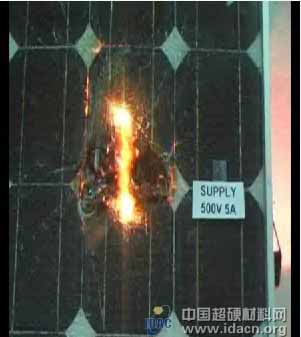
**Self-ignition of components produced by a well-known domestic PV company**
At present, the lack of clarity in the grid-connected tariff policy creates uncertainty for investors and developers. Without a guaranteed return on investment, many photovoltaic projects are at risk of financial failure. The absence of clear guidelines also opens the door to potential abuse and mismanagement, which could undermine public confidence in renewable energy initiatives.
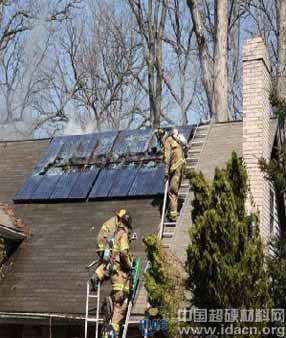
**A rooftop power station in foreign countries is self-igniting, and the components come from a well-known domestic enterprise.**
Additionally, current solar photovoltaic technology in China lags behind global standards, particularly among domestic manufacturers. Low conversion efficiency means that each power plant requires a large amount of land—often over 500 acres for a 20MW facility. When land acquisition costs rise, it becomes increasingly difficult for projects to move forward, pushing many into planning limbo. In response, some companies and local governments rush to complete projects quickly, even resorting to falsifications or “points†and “sectors†to meet targets. This practice violates the Land Management Law and, once exposed, can lead to project shutdowns.
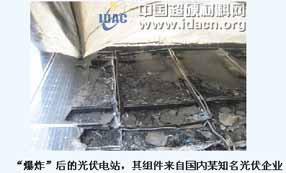
While solar photovoltaics is often seen as a high-tech industry, the reality is that the entry barriers are low, leading to a flood of low-quality enterprises. This has resulted in an overall industry with subpar performance and questionable product quality. Some power stations are already nearing obsolescence shortly after being put into operation, raising serious concerns about long-term sustainability.
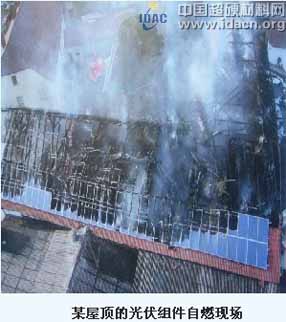
Moreover, some companies exploit government subsidies by inflating construction costs to receive higher payments. If the state provides a 50% subsidy, they may fabricate expenses to maximize their profit. During construction, they often use inferior materials, knowing that once the subsidy is approved, they can walk away without accountability. This not only wastes national resources but also undermines trust in the industry.
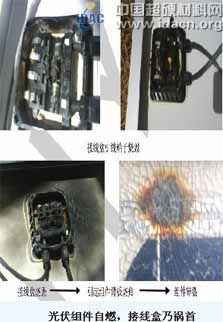
Another major issue is the lack of standardized regulations across the industry. Construction processes are often chaotic, with no clear guidelines for design, installation, or maintenance. Even some companies are unsure of what standards to follow, while regulatory bodies lack uniform criteria for project acceptance.

The absence of quality control extends to power station accessories, which pose serious safety risks. Many accidents occur during the construction phase due to poor material quality and improper installation practices.
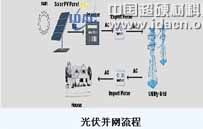
Finally, the low entry barriers and lack of oversight have led to a competitive environment where cost-cutting and substandard work are common. Contractors and workers often lack proper qualifications, resulting in poor construction quality. Design practices are also inconsistent, further contributing to the inefficiency and waste of national resources.
In conclusion, the Chinese photovoltaic industry faces numerous challenges, from technical limitations and regulatory gaps to fraud and poor quality. Addressing these issues is essential to ensure the long-term viability and credibility of solar energy as a sustainable power source.
PP Plastic Plywood
Pp Plastic Plywood,Pp Plastic Sheets,Moisture-Resistant Plywood,Versatile Construction Plywood
RILICO , https://www.rilico.com